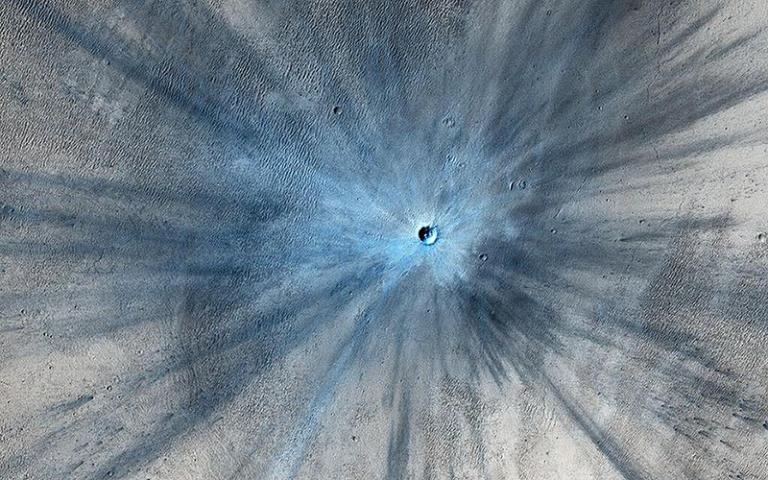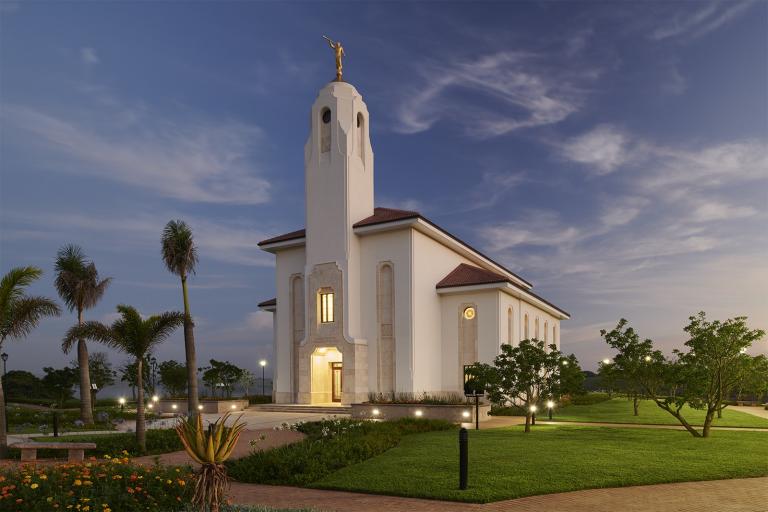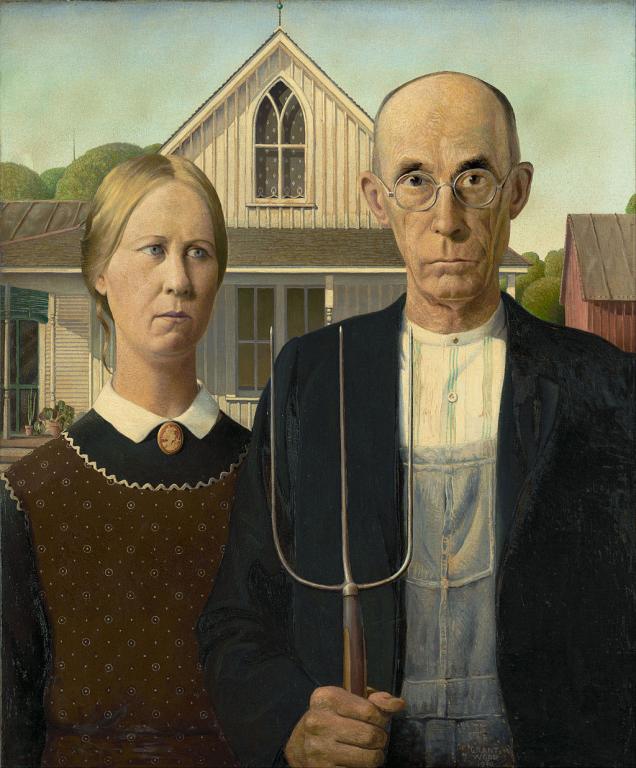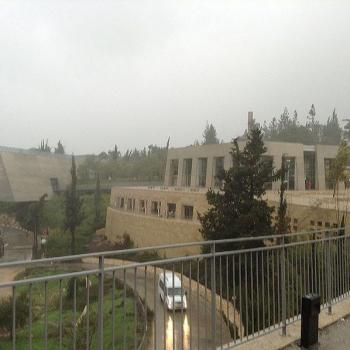
A dramatic, fresh impact crater dominates this image taken by the High Resolution Imaging Science Experiment (HiRISE) camera on NASA’s Mars Reconnaissance Orbiter on 19 November 2013. Researchers used HiRISE to examine this site because the orbiter’s Context Camera had revealed a change in appearance here between observations in July 2010 and May 2012, bracketing the formation of the crater between those observations.
The crater spans approximately 100 feet (30 meters) in diameter and is surrounded by a large, rayed blast zone. Because the terrain where the crater formed is dusty, the fresh crater appears blue in the enhanced color of the image, due to removal of the reddish dust in that area. Debris tossed outward during the formation of the crater is called ejecta. In examining ejecta’s distribution, scientists can learn more about the impact event. The explosion that excavated this crater threw ejecta as far as 9.3 miles (15 kilometers).
The crater is at 3.7 degrees north latitude, 53.4 degrees east longitude on Mars. Before-and-after imaging that brackets appearance dates of fresh craters on Mars has indicated that impacts producing craters at least 12.8 feet (3.9 meters) in diameter occur at a rate exceeding 200 per year globally. However, few of the scars are as dramatic in appearance as this one.
I want to share a passage from a 2023 book by Fr. Robert Spitzer, SJ, entitled
Though some have contended that scientific evidence overwhelmingly favors materialism—that is, rejection of God, religion, or a spiritual dimension of humans (e.g., a soul)—it is interesting to note a survey conducted by the Pew Research Center found that 51 percent of scientists profess belief in God or a spiritual reality, while 41 percent are agnostics or atheists. Interestingly, younger scientists profess belief in God or a higher spiritual reality more than older ones. According to the same survey, 66 percent of young scientists profess belief in God or a higher spiritual reality, while only 32 percent are agnostic or atheist—two-thirds are believers, while only one-third are not.The statistics concerning faith of physicians are more striking. According to the 2014 survey reported in the Journal of Religion and Health, 76 percent of physicians are believers in God or a higher spiritual power, while 12.4 percent are agnostic and 11.6 percent are atheist—three-quarters are believers and one-fourth are not. Furthermore, 74 percent of physicians believe that miracles have occurred in the past, and 73 percent believe they occur in the present. . . .It is also worth noting that most of the originators of modern physics were religious believers, including Galileo Galilei (the father of observational astronomy and initial laws of dynamics and gravity), Sir Isaac Newton (father of calculus, classical mechanics, and quantitative optics), 11 James Clerk Maxwell (father of the classical theory of electromagnetic radiation), Max Planck (father of quantum theory and co-founder of modern physics), Albert Einstein (father of the theory of relativity and co-founder of modern physics), Kurt Gödel (one of the greatest modern mathematicians and logicians and originator of the incompleteness theorems), Sir Arthur Eddington (father of the nuclear fusion explanation of stellar radiation), Werner Heisenberg (father of the matrix theory of quantum mechanics and the uncertainty principle), and Freeman Dyson (originator of multiple theories in contemporary quantum electrodynamics). There are many other contemporary Nobel Prize–winning physicists, chemists, and biologists who have openly professed belief in God and a transphysical soul.

This is absolutely heartbreaking: “Update: Grieving Latter-day Saints in Lesotho mourn with country devastated from crash that killed and injured young women: The girls and leaders from the church’s Young Women organization were from a single branch, which mourned together during its Sunday worship while some girls remain hospitalized”

You might be interested in seeing one of the methods that an Evangelical Protestant missionary who labors in exotic Provo, Utah, is using to introduce members of “the Mormon, or Latter-day Saint (LDS), church” to Jesus: “Dessert fellowship brings insights for reaching former Mormons.”
““Mormons believe they have to prove they’re worthy of God’s love, and Provo is the hub of the Mormon world,” said Gaskins.”

It’s well known to all careful observers of the religious scene, of course, that theists fear sex and hate love. You may perhaps recall the famous definition of Puritanism from H. L. Mencken as “The haunting fear that someone, somewhere, may be happy.” Viewed in that light, these four articles by the redoubtable Jacob Hess, each of them retrieved from the Deseret News via the Christopher Hitchens Memorial “How Religion Poisons Everything” File™, won’t surprise you. At its core, religion is all about repression. And many if not most of the measures suggested by these articles are, arguably, religion-adjacent. In fact, some of them shamelessly, directly, explicitly say that religion itself can be a good and beneficial thing:
- “10 concrete steps towards eradicating sexual violence against children: Patterns across 215 studies point towards 10 interventions that can work together to help prevent violence against children and teenagers”
- “What life patterns make sexual violence against children less likely? Themes from 215 studies: Children raised by parents who are educated, married, not isolated and not addicted will be significantly less likely to be sexually abused”
- “10 concrete steps towards eradicating sexual violence against women: Patterns across 285 studies point towards 10 interventions that can work together to help prevent violence against women”
- “What life patterns make sexual violence against women less likely? Themes from 285 studies: Women who are educated, married and not addicted (or with partners dependent on alcohol or pornography) are less likely to experience sexual violence”











